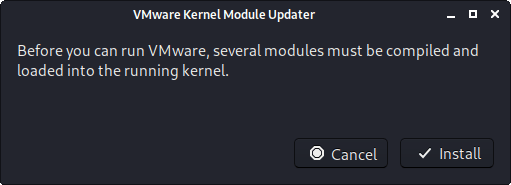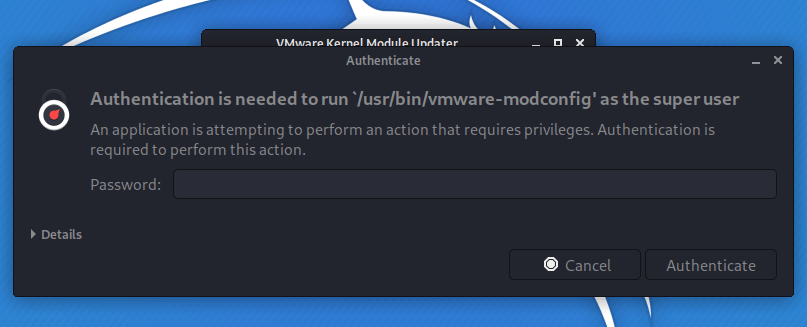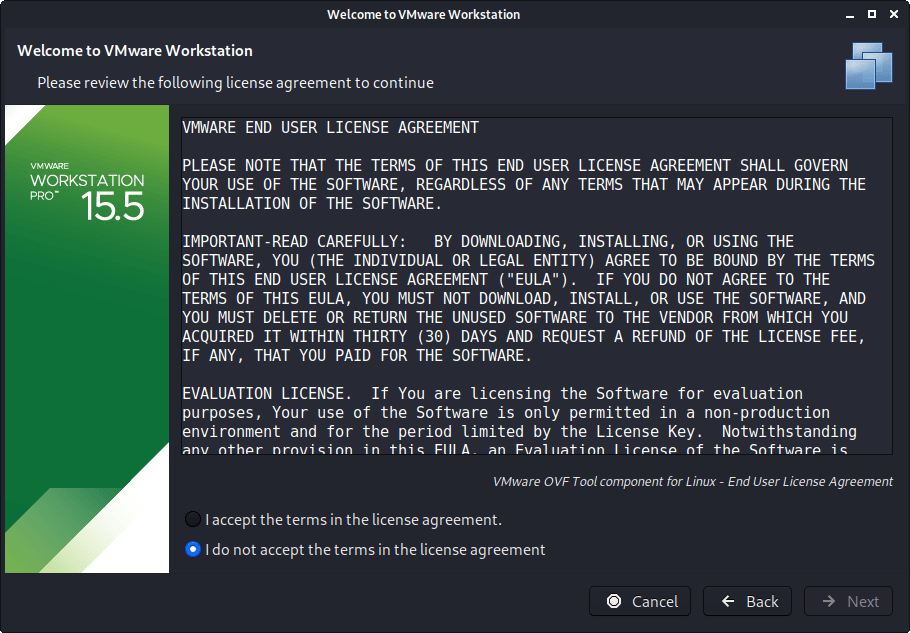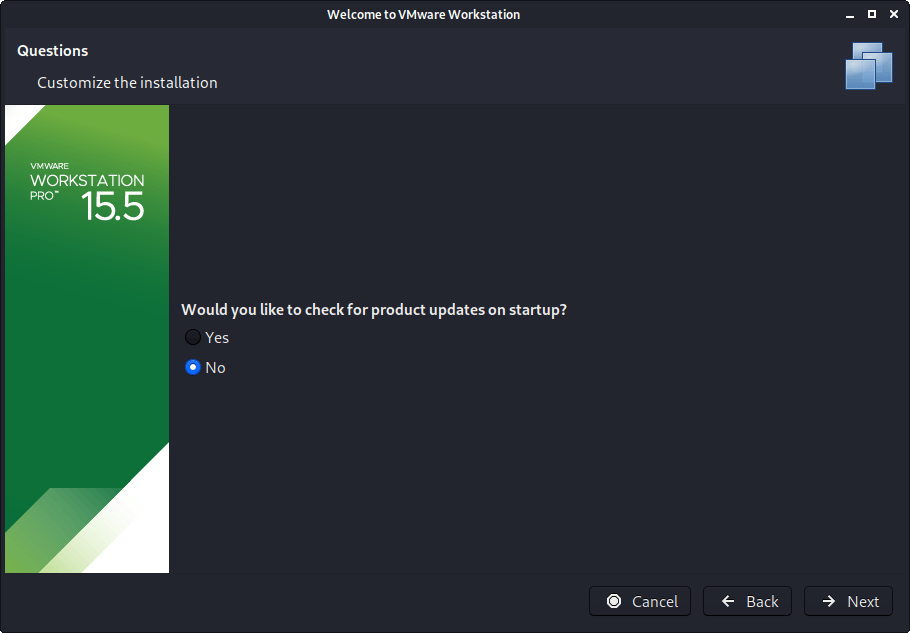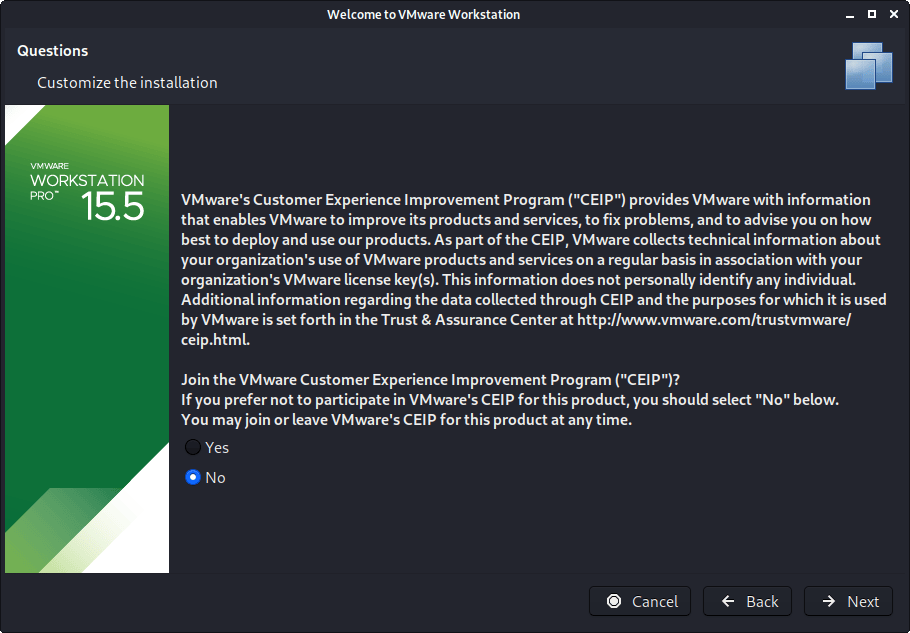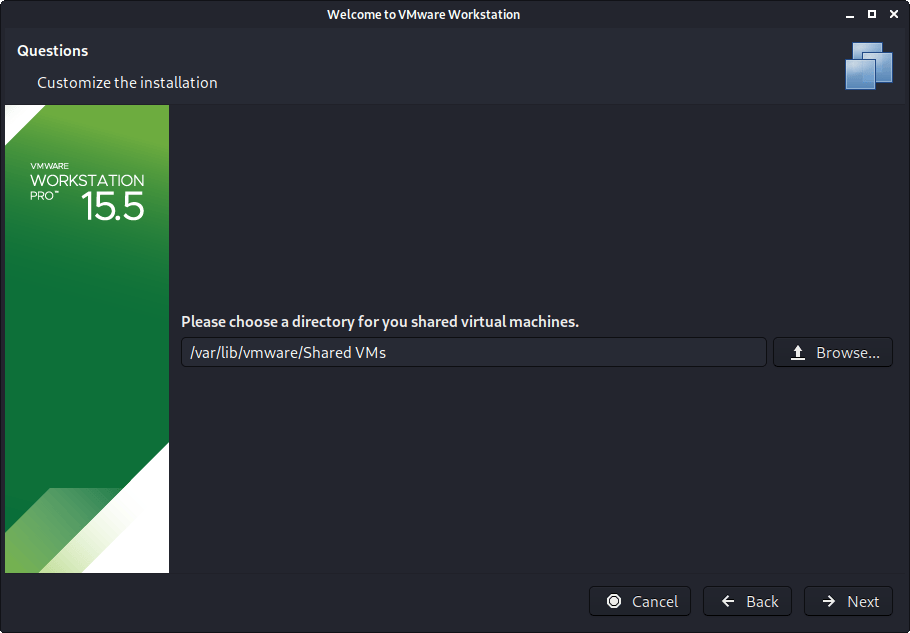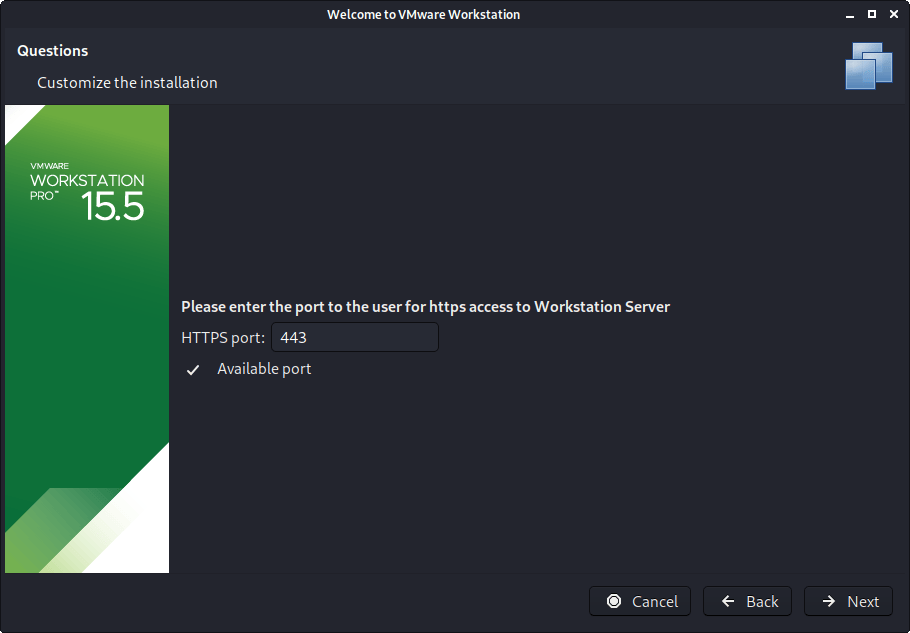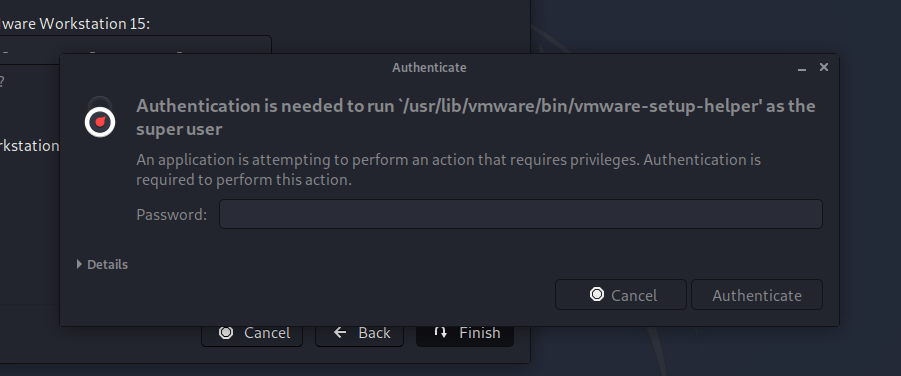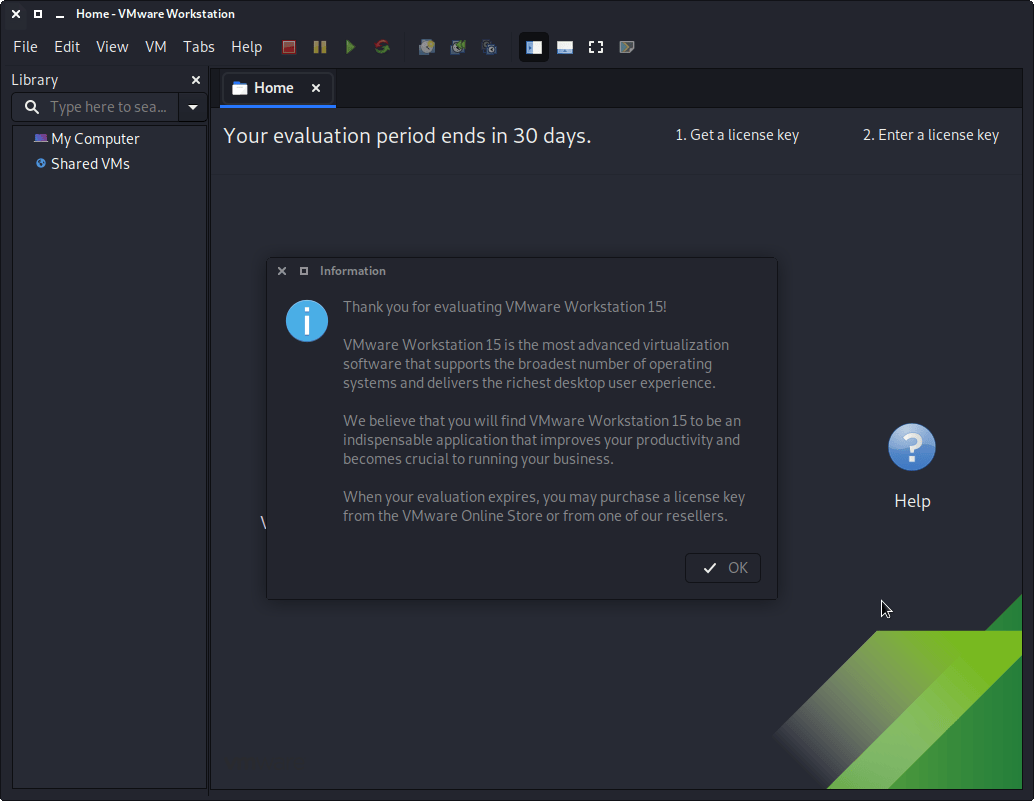Install Kali Linux On Non-Rooted Android Phone

While we believe that this content benefits our community, we have not yet thoroughly reviewed it. If you have any suggestions for improvements, please let us know by clicking the “report an issue“ button at the bottom of the tutorial.
In this module, we are going to learn how we can install Kali Linux on non-rooted Android devices and turn them into pockets hacking machines! Let’s get started
Steps to install Kali Linux on non-rooted Android
Below we’ve outlined the steps to install Kali Linux on Android devices that are not rooted. During the tutorial, if you wish to access your android device from your computer using SSH or even setup a web server, you can read through this tutorial.
1. Prerequisites
First things first, we need to install Termux and Hacker’s Keyboard on our Android Device.
You can fetch these apps from Google Playstore.
2. Setting Up Our Environment
Next up, we would need some packages which we would need during the installation process.
First, update and upgrade the system with :
Next up we need to setup our system so that we can access the files created by Termux outside of our Termux session as well. This can be done with :
Once you have granted the required Permissions, finally install the required packages with :
Once done, we can proceed to the actual installation step.
3. Fetching And Executing Our Script
Next we need to fetch and execute a script which will install Kali Linux for us. To fetch the script, type:
Now, we need to make the script executable and run it with:
This will fetch Kali Linux files and install them for us on our Android device. The script would fetch around 1.5GB of files so naturally, it might take a lot of time depending upon your network speed. Once the script is done extracting the rootfs file, you can even delete it.
Once the script has finished, you can run Kali Nethunter from the CLI.
To launch Kali Linux in CLI mode, type:
This would drop into a shell on Kali Linux. You can now use Kali Tools or check your OS with
Now we have successfully completed our install of Kali Linux on our non-rooted Android as well !
Conclusion
Note that on non-rooted you cannot use some tools which require root permissions . However, this still remains utilitarian when performing memory intensive operations like Password cracking and bruteforcing. Most mobile devices nowadays come with a lot of RAM and brilliant processors which can help to crack password hashes or bruteforce our way into systems all the while retaining the functionalities of a normal Android Device.
Refer: https://www.digitalocean.com/community/tutorials/install-kali-linux-non-rooted-android
—————
Installing NetHunter
Installing NetHunter requires the following steps:
- Download a pre-built image or build your own image
- Put your device in developer mode
- Unlock your device
- Install TWRP
- Flash Magisk
- Android 9 and above: Format “data” and flash Universal DM-Verity & ForceEncrypt Disabler
- Install NetHunter
- Android 10 and above: Update NetHunter App from the NetHunter Store
- Run the NetHunter App to finish the installation
1. NetHunter support and pre-built images
You can confirm that your device and Android version is supported via our gitlab live reports: List of quarterly published NetHunter images NetHunter kernel statistics NetHunter kernel table with
The NetHunter team builds and publishes images for a selected list of devices, on the official NetHunter download page.
If you devices is supported by NetHunter but not available as a pre-build image, you can easily build your own image by following the steps in our “Building NetHunter” documentation
2. Putting your device in “Developer Mode”
Before the installation begins, you must enable Developer mode on your device. This is done by navigating to Settings -> About and tapping on the Build numberfield 7 times until you receive the notification that developer mode has been enabled. Go back to the main settings page and you will have a new section titled Developer options. Tap on the new Developer options section and enable both the Advanced Reboot and Android Debugging options.
3. - 5. Unlocking, rooting, and installing a custom recovery on your android device
NetHunter supports over 60 different devices running Android versions from Kitkat though to Android Q. Whilst we have standardised the NetHunter installation procedure, the steps to unlock, root, and install a custom recovery varies from device to device and even differs between Android versions. The preferred custom recovery for NetHunter is TWRP. The preferred software to root the device for NetHunter is Magisk. Please refer to the appropriate guide to unlock, root, and install a custom recovery on your device from your preferred internet resource, such as the XDA Developers Forum
6. Flashing Universal DM-Verity & ForceEncrypt Disabler
IMPORTANT NOTE for Android 9, 10, & 11 users: Please ensure that you flash the Universal DM-Verity, ForceEncrypt Disabler and format the data partition prior to installing NetHunter. Magisk does not support user context changes on encrypted data partitions, which leads to errors when connecting to the Kali rootfs via ssh (i.e. “Required key not available”) if the data partition is encrypted.
7. - 9. Installing the NetHunter Image
Now that your Android phone is ready, transfer the NetHunter image to it, reboot in recovery mode, and flash the zip on your phone. Once done, reboot and launch the NetHunter app to complete the setup!
IMPORTANT NOTE for Android 10 & 11 users: Please update the NetHunter app from the NetHunter store after flashing NetHunter. Android 10 introduced “scoped storage” restrictions which prevents NetHunter from using the storage location we traditionally used to save configuration files. We are in the process of moving the location and implementing an import/export function but updating the app after flashing NetHunter provides a workaround that allows us to continue accessing the current storage location until the new features are implemented.
Updated on: 2022-Aug-08
Author: re4son
Kali: https://www.kali.org/docs/nethunter/installing-nethunter/#7-9-installing-the-nethunter-image

